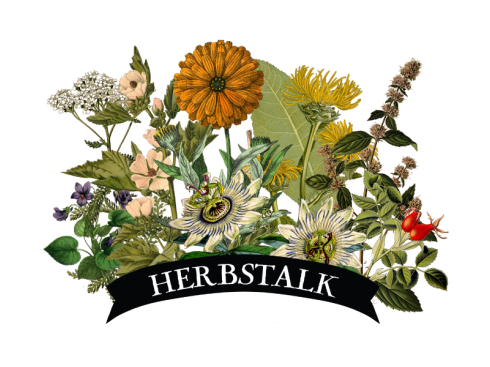|
Submitted by Patrice Green. One of my favorite things about May in New England is the arrival of the sweet wild violet, which generally means that Spring is really, truly,finally here. With its heart-shaped leaves and lovely purple flower, the wild violet adds a welcome splash of color after the dreary, cold weather of March and April. Some call it a weed, as it can certainly take over a flower bed – or lawn for that matter – and is very difficult to get rid of, but why on earth would you want to? Aside from the visual pop that it adds to the landscape, wild violet offers a host of medicinal benefits to the discerning forager. Wild Violet After the heavy foods of winter, the root vegetables and stews which are a common staple of a cold-weather diet, the greens of Spring help the body eliminate any excess. So too, do the alteratives, which aid in the elimination of toxins and act as lymphatic cleansers. Many alteratives traditionally show up at this time of year: red clover, nettles, cleavers, dandelion, and of course, wild violet. All wild violets are edible, both leaves and flowers. The wild violet leaves have a slightly nutty flavor, and taste good in salads or cooked with other greens. Wild violets are a great source of vitamins A, C and E and have many useful medicinal properties. In addition to being a lymphatic cleanser, wild violet also has antiseptic and antibacterial properties. Many resources on the medicinal value of this plant speak of making compresses with the leaves to clean skin abrasions or help with headaches. This is most likely due to the salicylic acid which is found in all parts of the plant. Salicylic acid is an active disinfectant, tissue solvent and also has fungicidal properties. Probably one of the most well-known uses for wild violet is as an expectorant. It is great for infections in the upper respiratory tract, as well as for colds, flu and bronchitis. I find it also helps clear congestion which sometimes gathers during allergy season. I have found numerous sources, including an old herbal book of my Grandmother’s dating from 1934, which talk about making an effective cough syrup by combining wild violet with wild cherry bark and horehound. There is a wonderful violet syrup recipe which I first learned from Madelon Hope of the Boston School of Herbal Studies. Fill any size glass jar with violet blossoms. Cover with boiling water and put a lid on the jar. Let sit for 24 hours, then strain. Return the flowers to your compost pile. Measure the amount of liquid in the violet infusion. For each cup of infusion, add one cup of sugar to a pan and bring to just under a boil, until all sugar is dissolved. Measure how much syrup you now have. Allow it to cool to room temperature to preserve more vitamin C. Once it’s cooled, add the juice of one half fresh lemon to each cup of syrup. This is a great kitchen chemistry trick to do with kids because upon adding the lemon juice, the liquid will instantly turn a beautiful light fuschia/purple color. Pour this mixture into sterilized bottles and keep refrigerated. You can store this for up to one year. I look forward to making this every Spring and use it medicinally as a very mild cough syrup. If there’s any throat or chest congestion, one teaspoon of this is usually all that’s needed to notice an immediate improvement. It’s also very tasty (and pretty!) when poured over sorbet or ice cream. Since the blossoms are edible, why not garnish with the flowers for an elegant touch to your dessert presentation? You can also add the syrup to seltzer or mineral water for a refreshing drink. Another way to avail yourself of this plant’s medicinal benefits is to take it as a flower essence. Whenever I make a flower essence, I not only spend time with the plant, I also do one – or sometimes more – journeys to ask what lessons the plant wants to communicate. The lessons in wild violet flower essence journeys were very specific. As a flower essence, wild violet helps with making peace with the past and letting go of regrets. Acceptance is sometimes a difficult journey, but wild violet can help one get to a place of heart’s ease and help clear and open both the heart and throat chakras. It also aids in dispelling long-held grief. One of the major messages which came through in my journeys for people who need this essence was that every step on your path has brought you to this place. Accept it, acknowledge it, release it. A great meditation to use with this essence is to invite the spirit of the wild violet into your meditation, breathe in sunshine and joy; breathe out grief and regret. The wild violet blossoms will only be here for another few weeks. I hope this article has helped to inspire you to try to build a closer relationship with this wonderful plant before its blossoms fade for another year.  Patrice Green is an Herbal Educator, Certified Aromatherapist, Energy Medicine and Reiki Practitioner. She has studied Advanced Herbalism and Aromatherapy at the Boston School of Herbal Studies and has also studied Energy Medicine, Applied Shamanism and Psychopomp with Isa Gucciardi, PhD. She believes that holistic treatments used in conjunction with traditional Western medicine offer the individual the best of both worlds. Comments are closed.
|
Archives
November 2023
Categories
All
|

 RSS Feed
RSS Feed